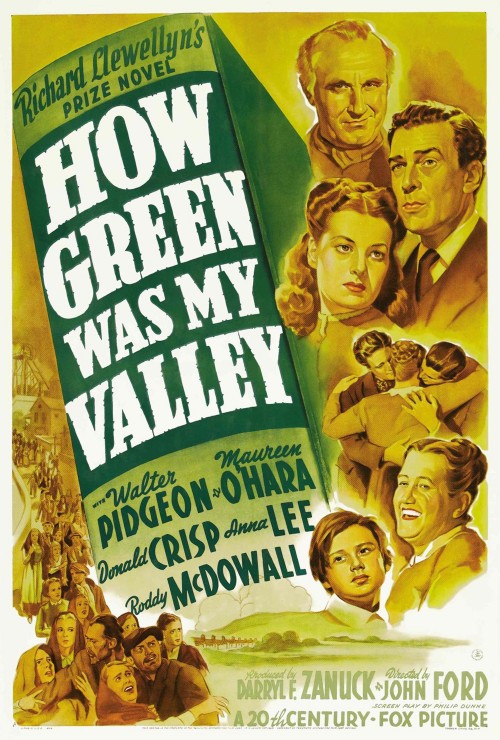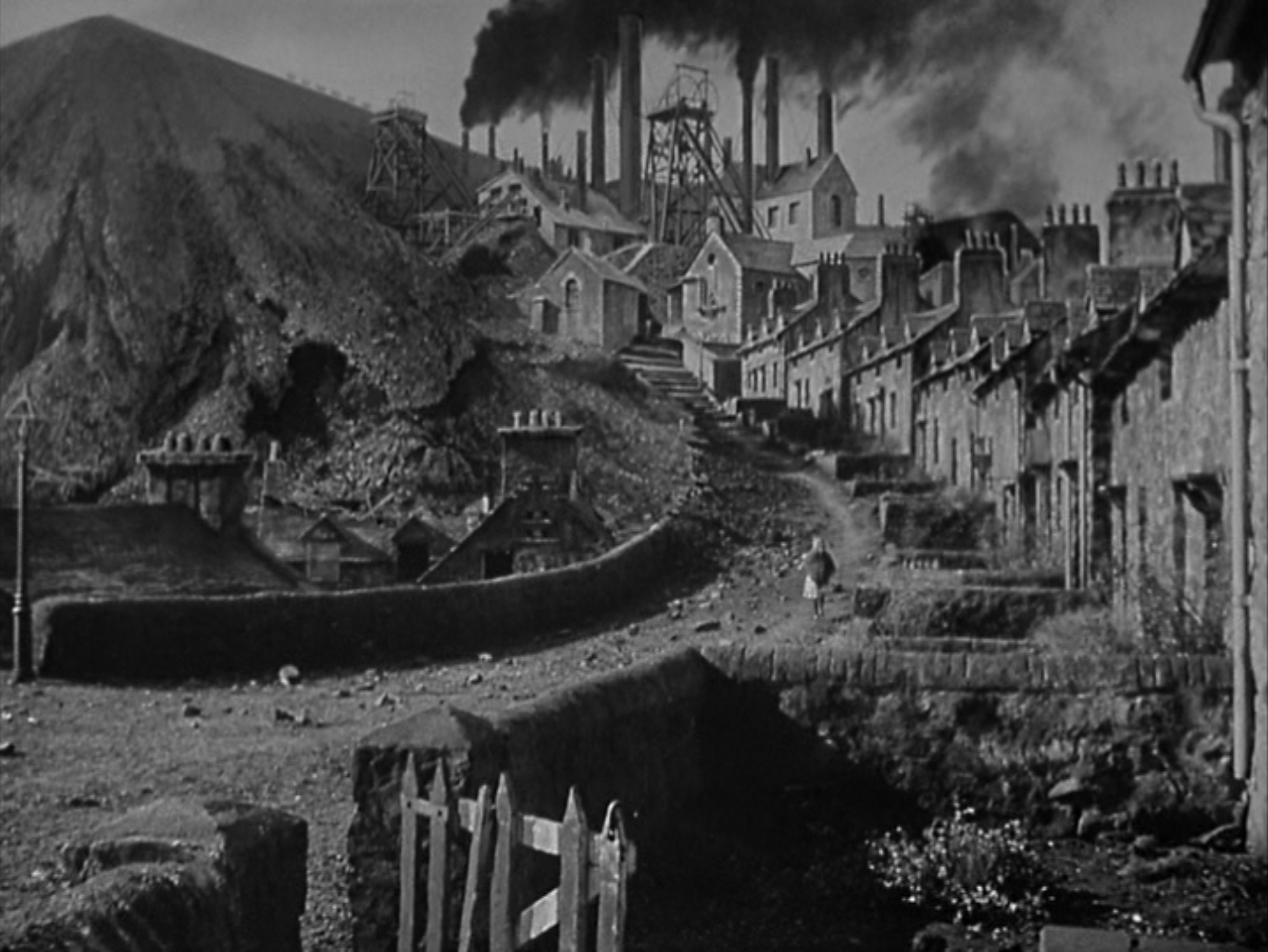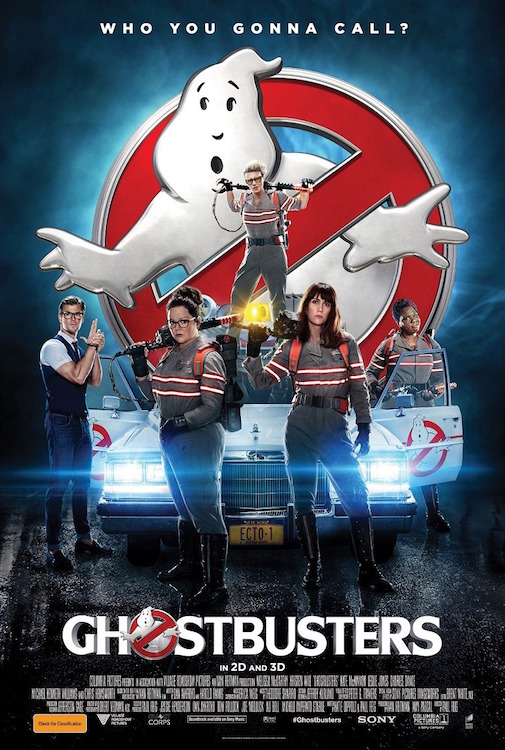The Furniture: Terrestrial Fun in "Star Trek Beyond"
 Monday, November 7, 2016 at 11:16AM
Monday, November 7, 2016 at 11:16AM "The Furniture" our weekly series on Production Design. Here's Daniel Walber
 Early in Star Trek Beyond, screenwriters Simon Pegg and Doug Jung wedge a dumb joke into the voice over narration of Captain Kirk (Chris Pine). He has led the Enterprise and its crew across the galaxy to fulfill an endless series of missions, many of them quite similar. His life, he explains, has begun to feel a bit “episodic.” Very funny.
Early in Star Trek Beyond, screenwriters Simon Pegg and Doug Jung wedge a dumb joke into the voice over narration of Captain Kirk (Chris Pine). He has led the Enterprise and its crew across the galaxy to fulfill an endless series of missions, many of them quite similar. His life, he explains, has begun to feel a bit “episodic.” Very funny.
Yet Star Trek Beyond is, in its own way, a self-contained episode of an ongoing series. The bulk of the film takes place on a single planet. No time is spent on earth, nor is the home world at any significant risk. There is no massive cross-galaxy conflict. The story is given a satisfying conclusion, without participating in a grand trilogy or teasing a far-off sequel. This isn’t Star Wars or, for that matter, the Marvel Cinematic Universe.
This means that the production design team, not tasked with a universe of diverse locations, focused on on just a couple of planets...










